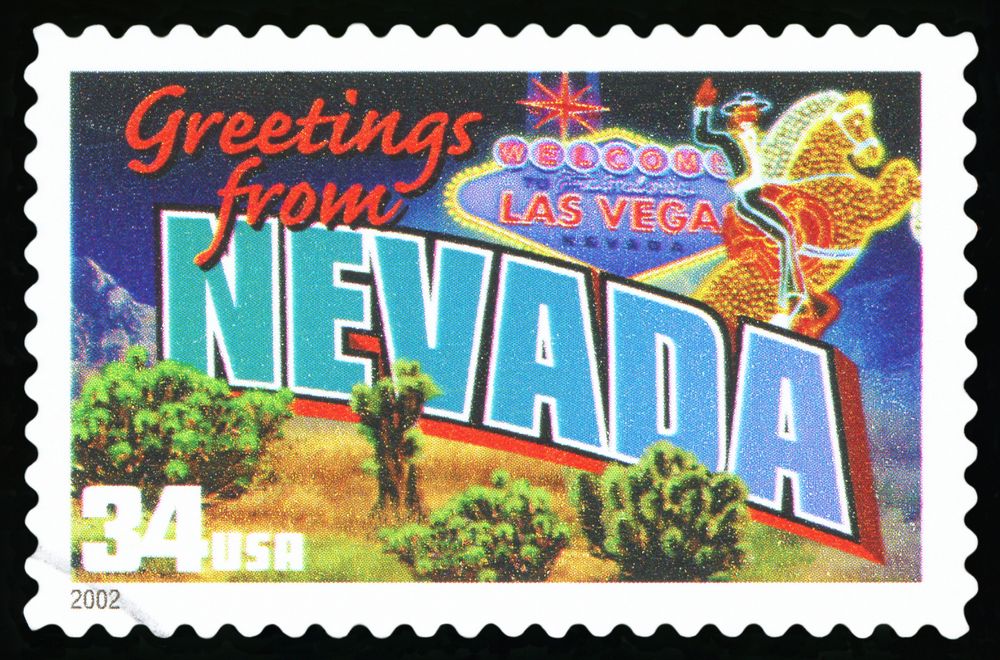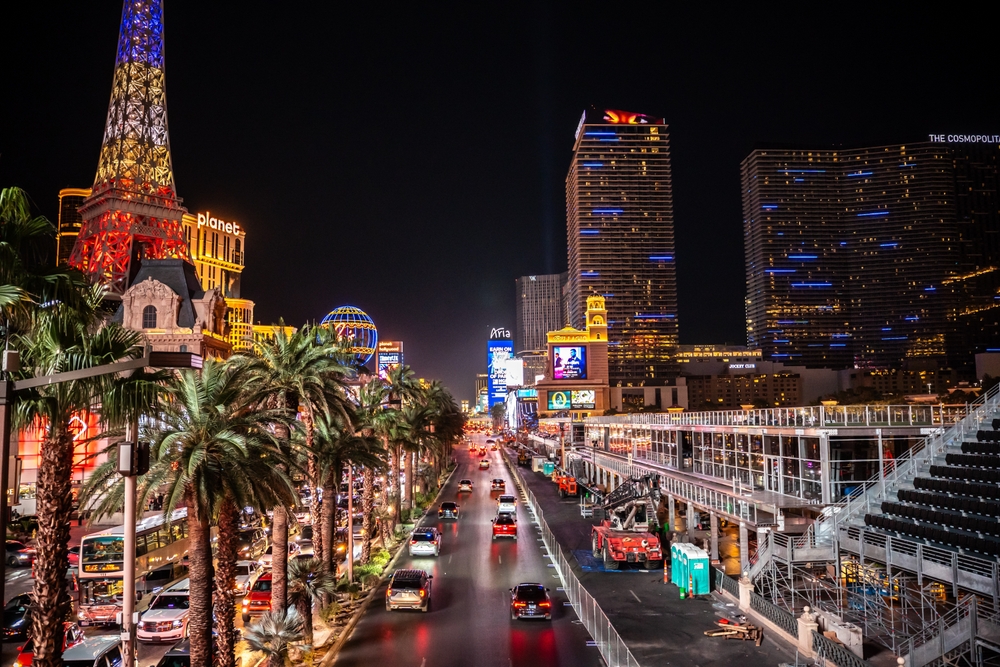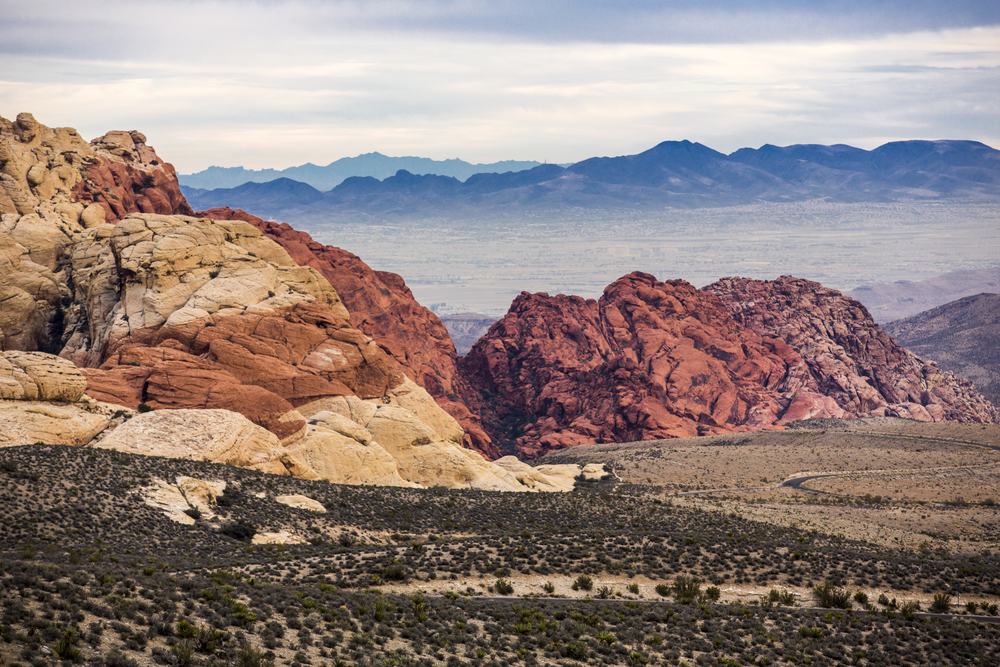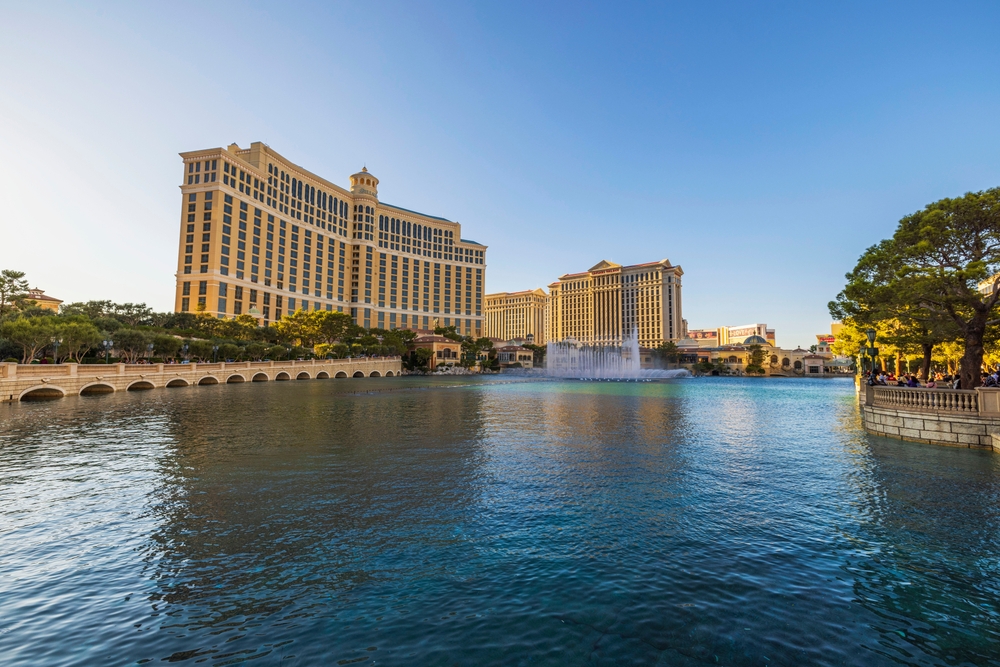A postcard from Las Vegas

An adventuring planner’s view on precious resources in Las Vegas ….
As a visiting town planner from England, again stop 5, Las Vegas strikes me as a city of contrasts, both technically impressive and socially vulnerable.

From a water perspective, it is extraordinary to see a metropolis of this scale sustained in such a dry and arid desert setting. Almost all water supplies come from the Colorado River and Lake Mead, yet both are under immense pressure due to overuse and prolonged drought. The city has been innovative in its response: turf removal programmes, strict landscaping codes, limits on water-hungry features, and ambitious recycling schemes. However, as the metropolitan area continues to expand, one wonders whether conservation alone can secure its future. For planners, the challenge lies in reconciling population growth and development ambitions with the hard and basic limits of water availability.

For a city famous for its glamour, bright lights and extravagance, there’s a very visible contrast: many people live with very little. Homelessness is no competeley hidden — the tents, encampments and people sheltering in storm-water tunnels or under bridges are seen in large parts of the urban area. The heat makes the situation worse. It’s not just a “street at night” issue: unsheltered people suffer throughout the day from heat, lack of shade, lack of water.
Housing costs are high, especially relative to wages in many of the jobs available (hospitality, service industries, etc.), although some of our Uber drivers tell us – much more affordable than the housing costs in Los Angeles or California. I gather some people even commute, living in Vegas and working in California – a long commute unless you are lucky to have a helicoper!
I understand there to be a shortage of truly affordable rental homes for those on low incomes. Many people who rent pay a big share of their income on rent. If something goes wrong (medical emergency, job loss, etc.) there is little buffer for them…
It seems that the city has invested in outreach teams, navigation centres, and rapid rehousing initiatives, but these sit alongside more punitive measures that seek to limit camping in public spaces. The result is a landscape that balances between humanitarian assistance and regulation intended to preserve order and the city’s image. I have to say that the homelessness is les visible on the strip, but one owners if it’s just more hidden from sight than other lace along my adventure….
Taken together, the water challenge and the homelessness crisis reveal the fragility beneath Las Vegas’ obvious spectacle. Both issues force planners to ask: how sustainable is this urban model, and how can its future be secured without leaving behind the most vulnerable?
My impression & reflections as a visitor are that it seems that Las Vegas is trying to balance between two pressures:
- On one side, pressure from residents, business, tourists, and concerns about health, safety, public image.
- On the other, genuine humanitarian and public health concerns for people who are unhoused, many of whom are vulnerable in multiple dimensions.
But all these important issues will be in vain if the most precious of resources – water – is not treasured and managed effectively.






